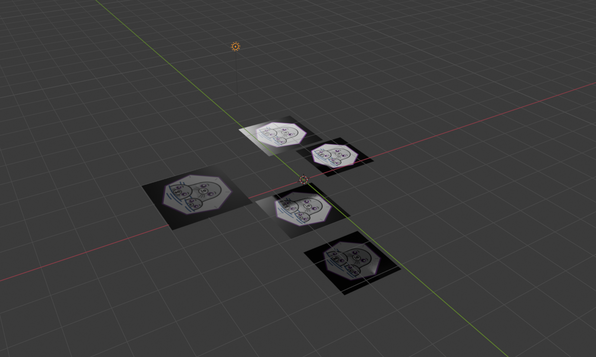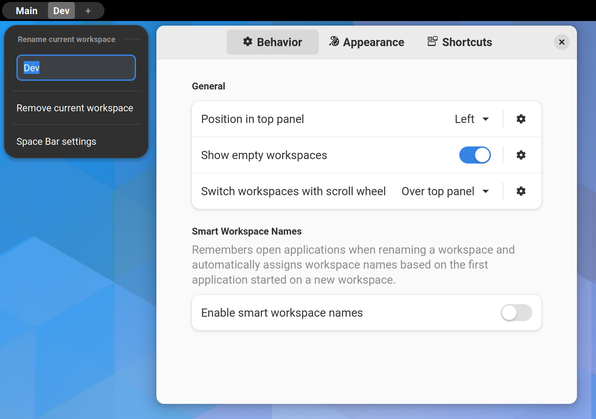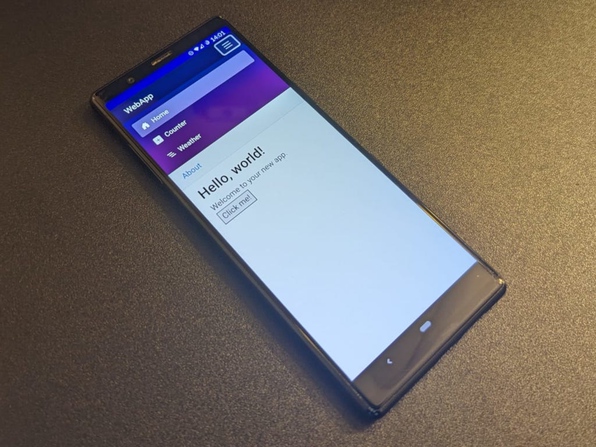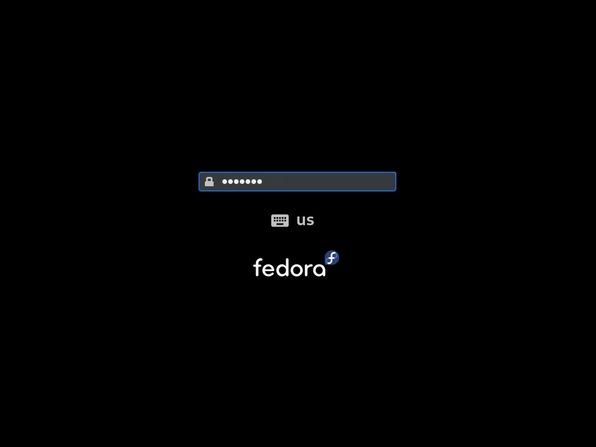I was looking into alternatives to Docker Compose for Podman (yes, there is a podman-compose wrapper that brings similar functionality to Podman), and stumbled across the concept of Quadlets. Well, turns out they’re nothing like Docker Compose, perhaps more like Kubernetes or one of them fellas. Indeed, the name Quadlet was supposedly named after a squashed Kubelet. Geddit? Squashed kube? A quad? Ah, never mind.
- Monday, 28/Apr/2025 13:08 +1000
- Software
future-reference programming software podman open-source alternatives linux
I like that Godot has its own, simple scripting language in GDScript, but I’m a .NET tragic so it’s C# for me. Interoperability between the two is possible, but not always obvious. Case in point, how do you await an async GDScript method? Well, it depends…
- Thursday, 12/Dec/2024 18:04 +1000
- Game Development
- Godot
Gnome is a great, low-distraction desktop environment but it’s certainly not perfect out of the box. Fortunately it’s easy to spruce up. Here are some of my favourite extensions!
- Tuesday, 23/Jul/2024 20:07 +1000
- Computing
Are you still downloading .exe files like some kinda chump? Check out Scoop, a package manager for Windows not too dissimilar to Chocolatey which ought to be very familiar to any Linux enthusiast. It’s fast, it’s easy to use, and it’s open source. Yes, Scoop is great but this article is not about extolling the virtues of the package management tool.
- Wednesday, 14/Feb/2024 13:29 +1000
- Software
I took some time to investigate developing a MAUI mobile app that shares business logic with a Blazor web app by way of ViewModels and the like. What I discovered was that MAUI and XAML is a pretty cumbersome framework. My colleague Kael gave me some insight on the possibility of building a Blazor app and running that as a MAUI app. After looking into it in more detail I came to the conclusion that having a single application with multiple deployment targets is a more practical approach to cross-platform development. This article serves as a guide to developing a single application that can be deployed as both a website and an Android app. Of course there are a few platform specific things to look out for but they’re easily handled as I will demonstrate in this post.
- Thursday, 09/Nov/2023 14:20 +1000
- Programming
- Professional Development
This guide is mostly a reference for myself as it’s a workflow that I find myself following whenever I set up a new Linux machine. I’m sharing it here as I’m sure many will find this useful, and it will save me from looking up each distinct step in the future.
I also took the opportunity to add some bonus network configuration tips to get the most out of the setup.
- Tuesday, 23/May/2023 15:59 +1000
- Computing
I recently installed Fedora on my personal laptop to replace Manjaro as I found Manjaro to be a just a little too flaky for my liking and I know Fedora to be a solid alternative. During installation I was asked if I wanted to encrypt my drives. Now I’m not harbouring anything particularly sensitive but I thought it was worth doing, security first and all that; after all, we expect every website to support HTTPS these days so why not?
Well there is the matter of that mildly pesky login prompt on every boot…
- Sunday, 14/May/2023 14:32 +1000
- Computing
Fluxor is a Flux implementation for Blazor in the vein of Redux. It is a state management system designed for larger software systems that encourages immutability of state, pure functions and clean separation of code. Given my fairly basic understanding of the Flux pattern I thought it would be valuable to document what it is at a high level and what’s required when using Fluxor to implement the various concepts.
- Thursday, 06/Apr/2023 15:44 +1000
- Programming
- Professional Development
MVVM is a development pattern that has been around for a while now. It was designed to facilitate the development of WPF applications for Windows and is still used for the likes of Maui apps. I reckon it has a place in Blazor apps as a neat way to separate view from logic, and as a sort of volatile state management for when you don’t want state to persist between pages.
- Wednesday, 05/Apr/2023 14:34 +1000
- Programming
- Professional Development
A published Blazor WebAssembly instance is just a collection of files that can be loaded into a browser. If these files are hosted on the API, running the API means the UI is running as well, probably from the same address. In this case it’s a little different to debug compared to launching it standalone, but not any more complicated.
- Tuesday, 04/Apr/2023 16:20 +1000
- Programming
- Professional Development
© Copyright 2025
Phil Watson
Last updated
Thursday, 29/May/2025 09:38 +1000






